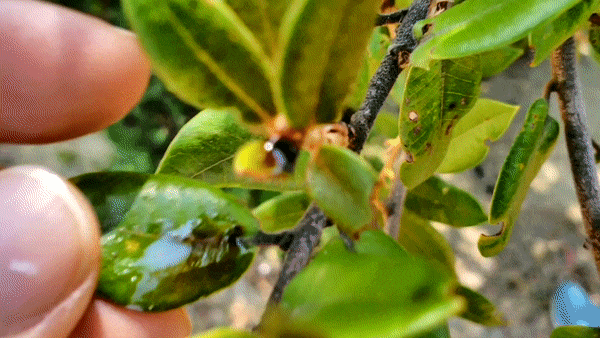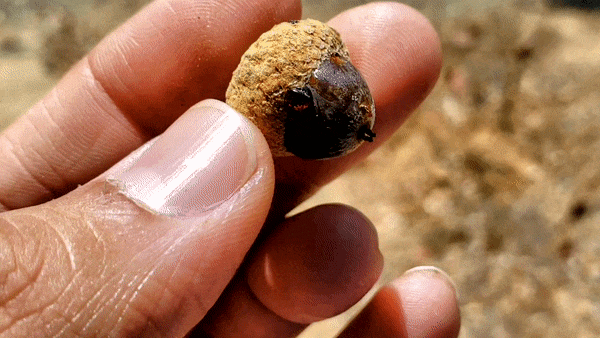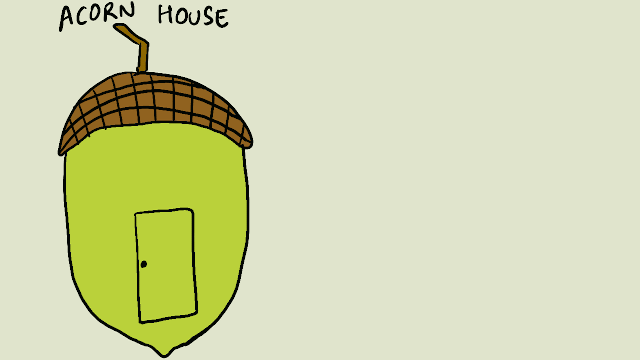Hello folks who secretly wish that some people would use glue sticks instead of chap sticks on their lips,
Life comes full circle, doesn't it? The behavior of babies and very elderly people share some common themes.
- Both wet their beds
- Both sleep all day long
- Both get unpredictable mood swings
- Both keep falling and hurting themselves
- Both become fussy about eating
- Both have to pushed while being seated on a chair on wheels to get around
While bed-wetting is something that babies and younger kids do all the time, once the kid grows into an adult, bedwetting is frowned upon by our society just like asking your parents to share their Netflix password when you turn 50 years old.
One such behavior is depicted by some Live Oak trees although as you will find, they are not responsible for wetting the bed. To find out which live oak tree is wetting the bed below it, look for droplets like these on the pavement, park benches, patio, your parked car or anything unfortunate to be under that live oak tree.
And then, once you find out which tree was responsible, start looking for the origin of this syrup-like liquid that the tree is dripping. On the way you might see some leaves drenched in that brown colored syrup, touch it to check its consistency. Don't worry, no one is judging you, the others are too busy checking their smartphones.
It almost has a honey flavored mucus consistency. As you go higher up the tree, you will find more leaves drenched in this syrup. Stop judging my polish-free nails, I was practicing "No nail polish November" at that time.
And there it is, the culprit or victim depending on whether your personal property was damaged with this brownish fluid or not. It turns out to be an Acorn, an acorn who seems like it is not doing that well.
Compare it with a healthy acorn and you can tell the difference right away. The young brown colored acorn has seen better days while the green colored acorn is living its best life right now.
This is how it happens. Certain insects that like to lay their eggs inside the acorn, so the young ones can eat the acorn nut meat from inside while being protected from predators. The parent insect first chews a hole in the tough outer shell in order to deposit its eggs.
"Aw, how cute". But I digress. You see, when the insect chews a small hole in the acorn shell, it leaves the door open for the bacteria to enter the acorn and cause a bacterial reaction inside the acorn. The dripping brown syrup is a result of that.
The infection from these bacteria affects the chances of that particular acorn to successfully germinate in the future but it does not impact the health of the tree on the whole. It is just sad to see some really young acorns getting affected with this infection who will never be able to develop further and you tell yourself "But they never even had the chance to create a TikTok account". Such is life.











No comments:
Post a Comment
Did you learn something new in this post? Let us know in the comments below